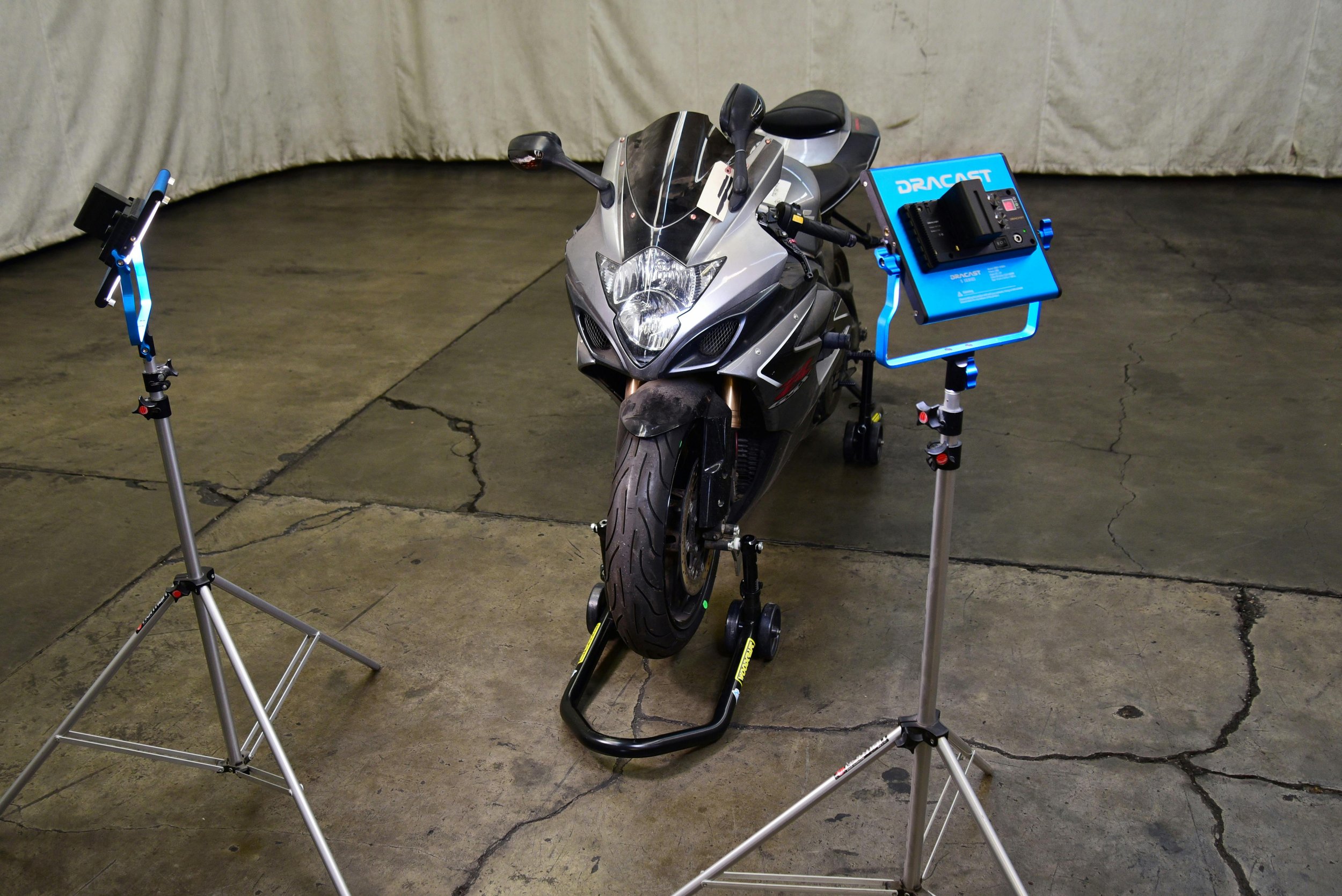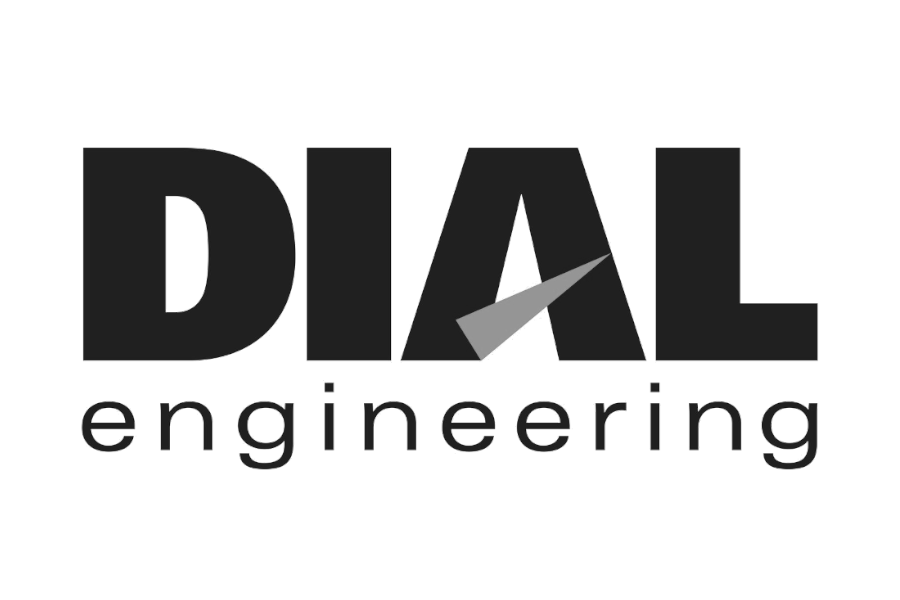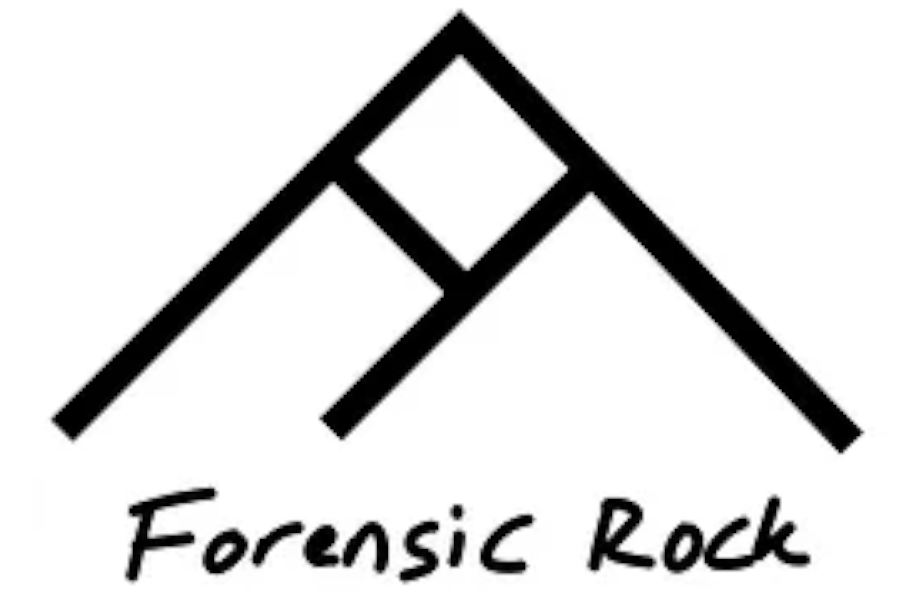sent on march 1, 2024
I’ve been on a bit of a tool kick with the emails the past several weeks…this’ll be the last one for a little while, Brownie Promise.
The stands and jacks I use for motorcycle inspections
I bring a set of motorcycle stands or a scissor jack to every motorcycle inspection. Putting the bike on stands raises the low side (which is a pain to inspect in detail when it’s low), gets the bike vertical for laser scanning, and lifts the tires from the ground, which is critical when you’re looking for evidence of braking or performing a gear position analysis (tutorial on that here).
Standard and sport bikes can generally be lifted with a swingarm stand and “forklift.” Those two links will take you to the stands I use and favor. I also have a set from Woodcraft that have served me well for years. Pro tip, if you’re going to use a front stand, put the motorcycle on the swingarm stand THEN the forklift. I saw an expert try to do the opposite at an inspection…didn’t end well. The swingarm stand can be used alone. An example of a well-stabilized machine prepped for inspection of the front tire is shown below.
For cruisers, or any bike where the swingarm is obstructed by the exhaust or saddlebags, a scissor lift is my tool of choice. I like this guy, of which there are many variations. Generally, if you bias a scissor lift to the front, you can get the front tire off the ground for inspection, and bias it to the rear for the rear tire.
When using the lift, it can be a balancing act. If you’re stabilizing the motorcycle for laser scanning, you want to put just enough pressure on the jack to steady the bike, but not so much that you’re relieving a lot of the weight from the suspension, otherwise the scanned geometry of the wheels/suspension won’t match that during normal operation, if such a detail matters to your case.
Alright, next week, something other than tools!
Lou Peck
Lightpoint | Axiom























